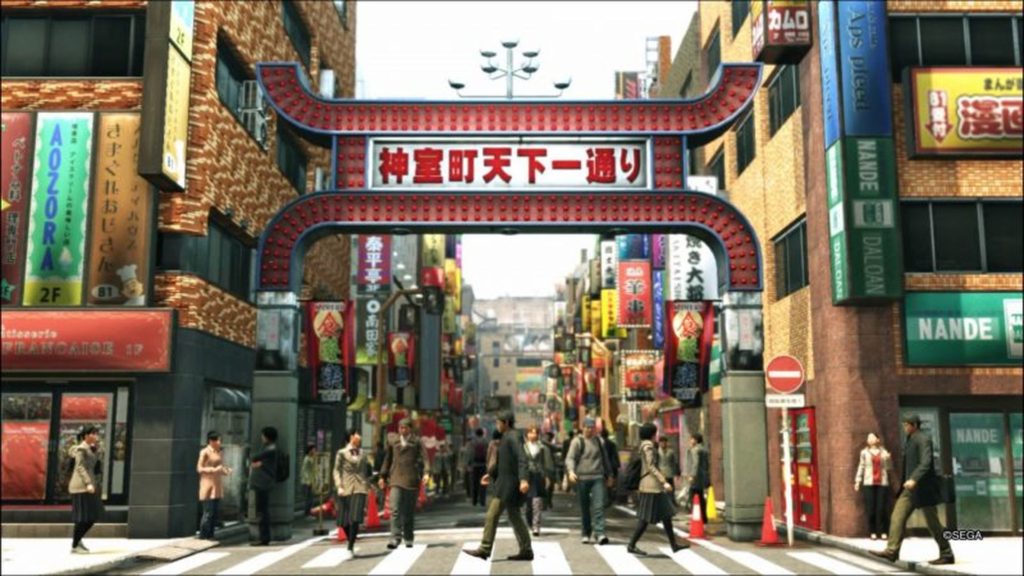
‘Realistic’ Game Environments Don’t Acknowledge Disabled People
I’ve been searching for myself in video games recently. Not in the emotional sense, that’s a completely different story. Specifically, I’ve been searching for bodies that look like mine and that look like the people around me; disabled bodies that don’t have superpowers or use their walking sticks like melee weapons (looking at you, V from Devil May Cry V), I mean disabled people doing real things in the real world. I’ve been looking for visibly disabled people going shopping, for coffee, at a bar, simply existing in the backgrounds of games. I’m actively searching for disabled people living mundane, ordinary lives. Of course, my search has proven rather fruitless, because these “real” worlds aren’t built with disabled people in mind.
This all started when I was exploring Life Is Strange, a game that I hold close to my heart, for a video-essay that a colleague and I wrote on agency, gender and disability. In developing this essay, we examined a space that, for all of its feigned celebration of disabled people, remained completely inaccessible. After taking the time to explore other real-world games, I came to a realisation: a significant part of the reason we don’t see disabled people in games is that disabled people have to be outliers in games. We don’t get to exist as playable characters or even as everyday NPCs, because worlds aren’t designed for us.
A portion of this essay examined the last episode of the game, where protagonist Max Caulfield alters the past and ends up winning the national “Everyday Heroes” contest, landing her work in an exhibition that displays “the casual heroism of those who may never appear on the news”. Many of these photographs are blatant inspiration porn, with disabled people photographed and referenced as “heroes”: a disabled woman and her carer, a shot of a prosthetic arm being worn by a faceless disabled person, a service dog with a wheelchair just out of shot, you know, the usual “despite their disability” nonsense that we experience. And yet, you see no visibly disabled people within that space. To make it worse, the whole exhibition space requires visitors to be able to use stairs. I spent a long time searching for a sneaky lift hidden somewhere, and unfortunately, couldn’t find one. Inclusion seemed to be an afterthought in this space.
I started to wonder why, in this environment where disabled people are lauded as heroes for merely existing, I didn’t actually see disabled people in game. The gallery represents a very realistic exclusion of disabled people from the arts and our own conversations, what happens when “nothing about us without us” is ignored. But, instead of a purely political examination of why we’re excluded, I looked at art style and development, I thought about how disabled people are excluded by examining the worlds we play in, instead. To this end, I played a few games set in a “realistic” world, and looked not for disabled people, but accessible environments for disabled people to exist in.
After playing The Last Of Us, Part II and getting incredibly sad, not just due to the plot, but because not one building in the ruins of Seattle had an accessible bathroom, I decided to change my tact. For some reason, that change led to me reinstalling Grand Theft Auto V. Not my happiest hour, but I thought I’d give Rockstar’s supposedly satirical experience the benefit of the doubt. Also, as a game with a visibly disabled character, who unfortunately is a slimy piece of work, I thought that there’d be a little bit more on offer for accessibility.
True to real life, after we got through the loading screens, there were stairs everywhere. Most houses in GTA V and GTA Online require you to climb or descend stairs, many important buildings have a notable lack of ramps, and most environments naturally assume that your character is going to be at the peak of fitness. People may enquire as to why you would want to play a disabled person in the first place, to which I’d respond that that isn’t the point. Whether the world of GTA V allows you to play as a disabled person or not, it decides that disabled people aren’t a visible part of it.
Disabled people make up a sizeable amount of the real-world population, and we do exist, doing regular, everyday things. Any game that I’ve played that’s set in the real world, or even an analogy of it, can’t even imagine us going shopping, driving a car, visiting an art gallery… simply existing as a disabled person is alien to these worlds.
I tried once more, to find a game that presents a world where disabled people could live in, a world where I could exist and see bodies like mine doing regular, everyday things. Deciding against recreations of real-world cities such as in The Division or the most recent Spiderman, which as real-world environments are their own case studies in inaccessibility themselves, I decided to give the Yakuza franchise a whirl for the first time. In 2020. Yes, I know, it’s unforgivable.
It didn’t last me long before I found myself infuriated at Yakuza 0‘s fictional Kamurocho. While the spaces in-game are visually stunning, it took me twenty minutes to find something as small as a curb cut. For the sake of realism I could excuse the back alleys, spaces that tend to be notoriously inaccessible anyway, but along larger roads, this surprised me. More and more, I was getting upset that I couldn’t imagine myself existing in these worlds, without fulfilling the stereotype of being some kind of disabled person with superpowers, or who can suddenly become not-disabled for the course of a fight or to climb some stairs.
Instead of winding myself up further, I decided to step out of this minefield of exclusion and toward some well-known life simulators, specifically to EA’s iconic The Sims series, hoping that if I can’t find an accessible fictional world, or an accessible replica world, I’ll make my own. For a series set in a modern world, you’d expect a degree of inclusion, surely? After all, The Sims 4 had, on the surface, some praise-worthy gender representation, and its build modes are impressive, so can I create my own accessible environment for disabled characters to exist within?
Scratch just a little bit under the surface, however, and it’s clear that much of the representation in game is tokenistic at best. For all of its character customisation and tools to allow players to create a world that is a vision of themselves, I can’t say they’ve done a great job. In the history of The Sims, EA have never officially added in the opportunity to create and play as a disabled Sim. Sure, they’ll offer certain access elements such as elevators, but they’re clearly designed for abled Sims, as they exclude elements like wheelchair-accessible ramps in lieu of staircases. Besides, you can’t create anyone who’s visibly disabled who can use them. Sure, you could headcanon, roleplay as a disabled character, or find some unofficial mods to make up for this shortcoming, but for a game that allows customisation in such variety, I’m surprised disability wasn’t included. Then again, this is the game where the “Erratic” trait, formerly the “Insane” trait, is still represented by a straitjacket. It seems that the “vision of you” won’t allow bodies to truly exist if they don’t fit a cisgender, abled norm.
Through exploring all of these games, I didn’t get to see people who look like me, and I didn’t get to see environments where I or any other disabled person could live their lives. Something that I feel abled people haven’t grasped yet is that sometimes, escapism for disabled people doesn’t need to look like wheelchair users doing amazing things, autistic people being exceptionally intelligent and also making tons of friends, or people with conditions that are considered life-limiting testing or breaking the barriers that are set in front of us. Sometimes, that escapism can look like seeing other disabled people that look like you, living their lives in spaces that include them, just… being.
In a space where accessibility in gaming is a very common topic, and where real-world access is a frequently-discussed issue, it’s important that your “real worlds” reflect the people who exist in them. To do that, your environments have to be designed for us to live in, too. While I can praise games for an increase in the representation of disabled people, I would encourage developers to look at the environments they construct and examine whether disabled people could feasibly exist in these spaces. If we can’t, there can only be a few reasons for that: either you have designed the in-game world to exclude us which should send a message in itself, or you’ve forgotten that disabled people don’t just stay at home. Whether it’s ramps, elevators, accessible vehicles, or even just remembering that accessible bathrooms exist, it would be nice to see a crumb of inclusion. In a world where games are genuinely praised for adding “realistic” details such as in-game horses having testicles that contract in cold weather (yes, really), developers creating these “realistic” worlds have no excuse to forget the disabled people in those worlds. And nondisabled players have no excuse to forget us, either.
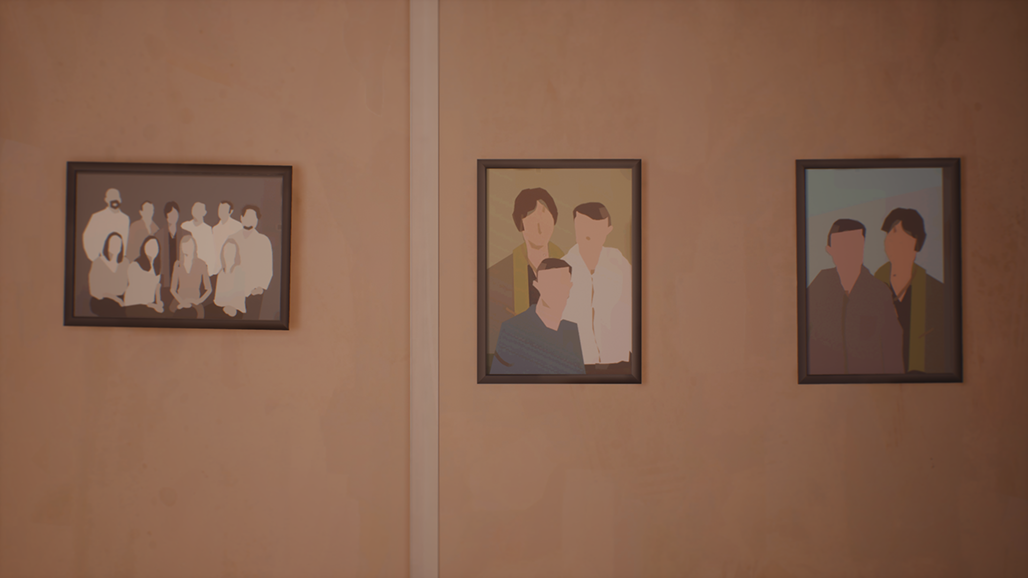
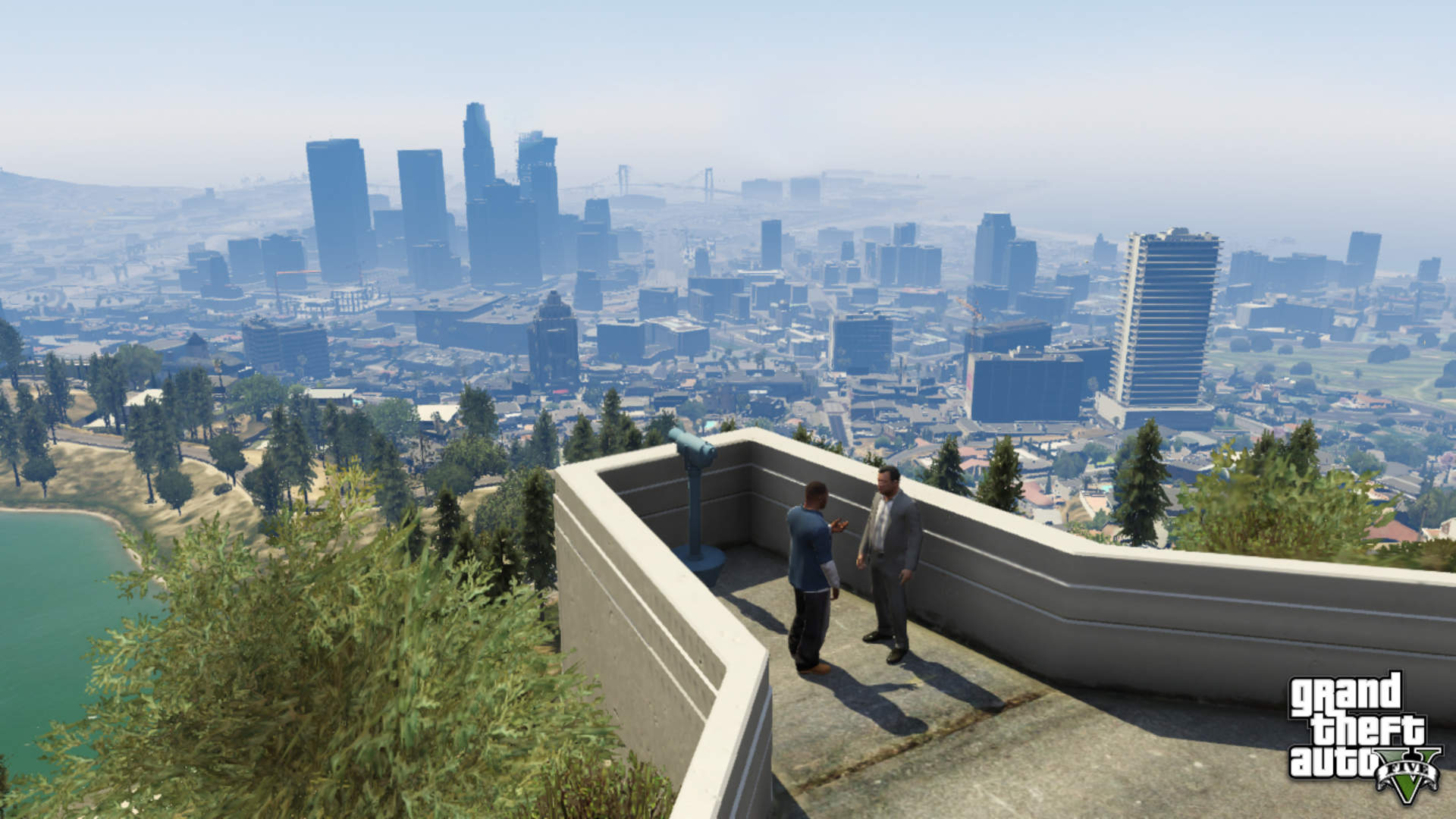
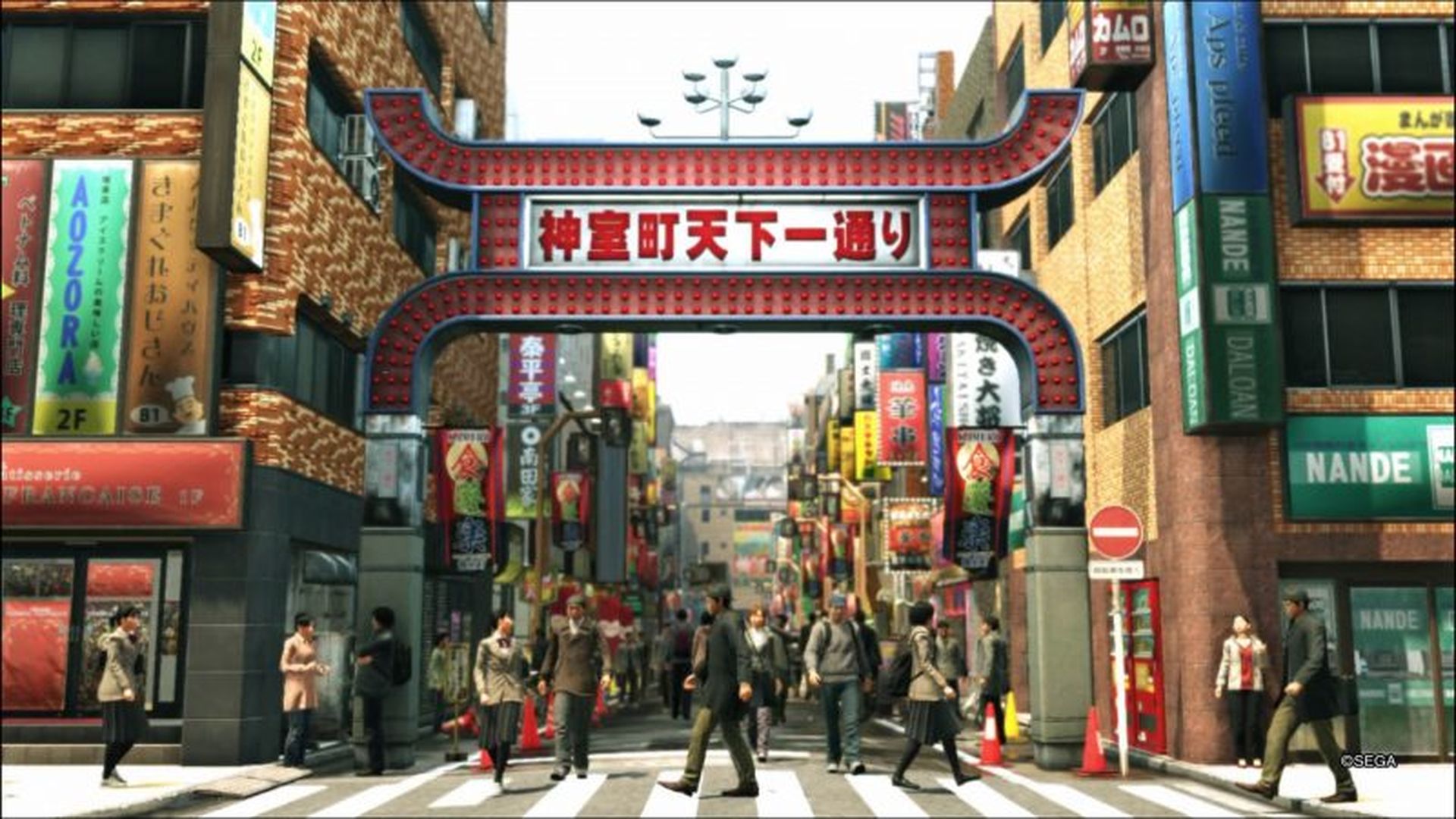
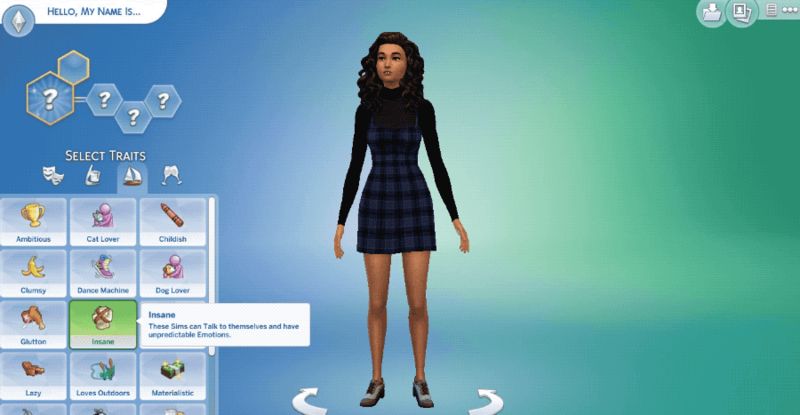






Why doesn’t this article meet WCAG accessibility guidelines? You you miss the minimum basic things like adding alt text to images and making it friendly for screen readers for the visually disabled. It is also horrible for those with cognitive disabilities as well with a high Flesch reading index. You managed to discriminate against people with both physical disabilities and cognitive difficulties at the same time. Do better.
Hi there!
We’re very sorry for dropping the ball here. We’re still learning what all we need to include to make things more accessible, but we apologize for anything we miss. We’ll do better in the future.
I just wanted to say thank you for bringing my attention to this topic. I just found Uppercut, and I’m looking forward to getting more familiar with your content!